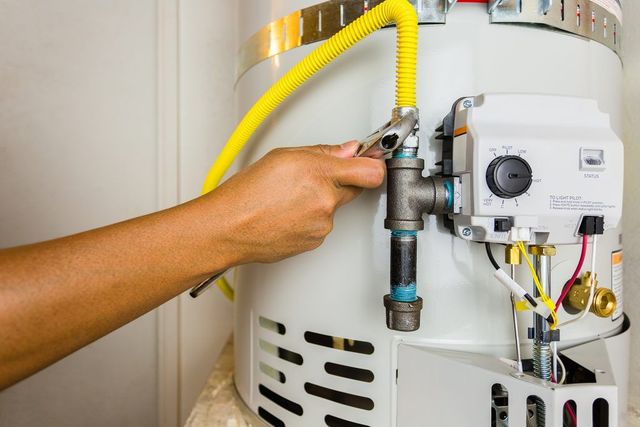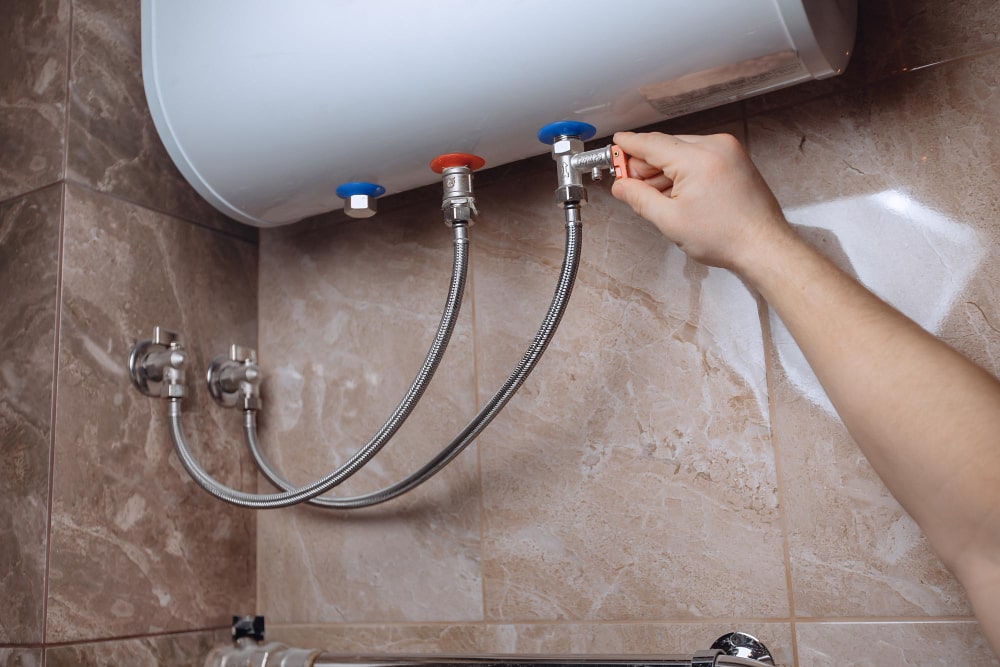Simple Methods to Care for Your Home's Hot Water System Properly
Simple Methods to Care for Your Home's Hot Water System Properly
Blog Article
How do you actually feel on the subject of How to Maintain a Hot Water Heater in a Few Simple Steps?

Hot water is essential for day-to-day comfort, whether it's for a revitalizing shower or washing recipes. To ensure your warm water system runs successfully and lasts much longer, regular upkeep is vital. This short article gives useful pointers and insights on just how to maintain your home's hot water system to stay clear of disruptions and expensive fixings.
Introduction
Preserving your home's hot water system may appear difficult, yet with a few easy actions, you can guarantee it runs efficiently for years to come. This overview covers every little thing from understanding your hot water system to DIY maintenance suggestions and understanding when to call professional assistance.
Value of Keeping Your Warm Water System
Routine maintenance not only prolongs the life-span of your warm water system but also guarantees it runs successfully. Neglecting maintenance can result in reduced effectiveness, greater energy costs, and also premature failure of the system.
Indications Your Hot Water System Requirements Upkeep
Knowing when your hot water system needs attention can avoid significant problems. Look out for indications such as irregular water temperature, strange sounds from the heating unit, or rustic water.
Purging the Water Heater
Flushing your water heater eliminates debris accumulation, enhancing effectiveness and extending its life.
Checking and Changing Anode Rods
Anode poles protect against deterioration inside the container. Evaluating and changing them when broken is critical.
Facility Problems Requiring Professional Assistance
Examples consist of significant leakages, electrical problems, or if your hot water heater is continually underperforming.
Regular Expert Maintenance Perks
Expert maintenance can include thorough inspections, tune-ups, and ensuring conformity with safety and security requirements.
Checking and Readjusting Temperature Settings
Adjusting the temperature level setups guarantees optimum efficiency and safety.
Do It Yourself Tips for Maintenance
You can perform numerous upkeep tasks yourself to maintain your hot water system in top condition.
Looking for Leakages
Frequently inspect pipelines and links for leakages, as these can lead to water damages and higher costs.
Understanding Your Warm Water System
Before diving right into maintenance jobs, it's valuable to recognize the fundamental elements of your hot water system. Generally, this consists of the water heater itself, pipelines, anode rods, and temperature level controls.
Monthly Upkeep Tasks
Regular month-to-month checks can help capture minor problems prior to they intensify.
Evaluating Stress Relief Valves
Evaluating the pressure relief valve ensures it operates correctly and stops excessive pressure build-up.
Insulating Pipelines
Insulating hot water pipes minimizes warmth loss and can save power.
When to Call a Specialist
While DIY upkeep is advantageous, some problems need specialist knowledge.
Verdict
Regular maintenance of your home's warm water system is essential for effectiveness, longevity, and expense financial savings. By adhering to these tips and understanding when to look for specialist help, you can make certain a dependable supply of hot water without unanticipated disturbances.
How to Maintain an Instant Hot Water Heater
Before tinkering with your hot water heater, make sure that it’s not powered on. You also have to turn off the main circuit breaker and shut off the main gas line to prevent accidents. Also turn off the water valves connected to your unit to prevent water from flowing into and out of the appliance. 2. When you’re done, you have to detach the purge valves’ caps. These look like the letter “T†and are situated on either side of the water valves. Doing so will release any pressure that has accumulated inside the valves while at the same time avoid hot water from shooting out and burning your skin. 3. When the purge valves’ caps are removed, you have to connect your hosing lines to the valves. Your unit should have come with three hoses but if it didn’t, you can purchase these things from any hardware or home repair shops. You can also get them from retail stores that sell water heating systems. Read the user’s manual and follow it to complete this task properly. When the hosing lines are connected, open the purge port’s valves. 4. You should never use harsh chemical cleaners or solutions when cleaning your unit. Make use of white vinegar instead. It should be undiluted and you’ll probably use about 2 gallons. 5. Now flush your water heater. This task should probably take about 40 minutes. We can’t give you specific directions for this because the procedure is carried out depending on the type, model and brand of your heater. With that being said, refer to the user’s manual. 6. When you’re done draining the unit, you have to turn off the purge port valves again. Remove the hosing lines that you earlier installed on each of the water valves. Put the valve caps (purge port) back in their respective places and be very careful so as not to damage the rubber discs that are found inside these caps. 7. Now that everything’s back in place, check your user’s manual again to find out how to reactivate your water heating system. 8. Once it is working, turn one of your hot water faucets on just to let air pass through the heater’s water supply pipes. Leave the tap on until water flows smoothly out of it. https://www.orrplumbing.com/blog/2014/september/how-to-maintain-an-instant-hot-water-heater/

As a fervent reader on What Kind of Maintenance Do Water Heaters Need?, I imagined sharing that excerpt was smart. Be sure to set aside a second to promote this blog entry if you enjoyed reading it. Many thanks for your time spent reading it.
Booking Page Report this page